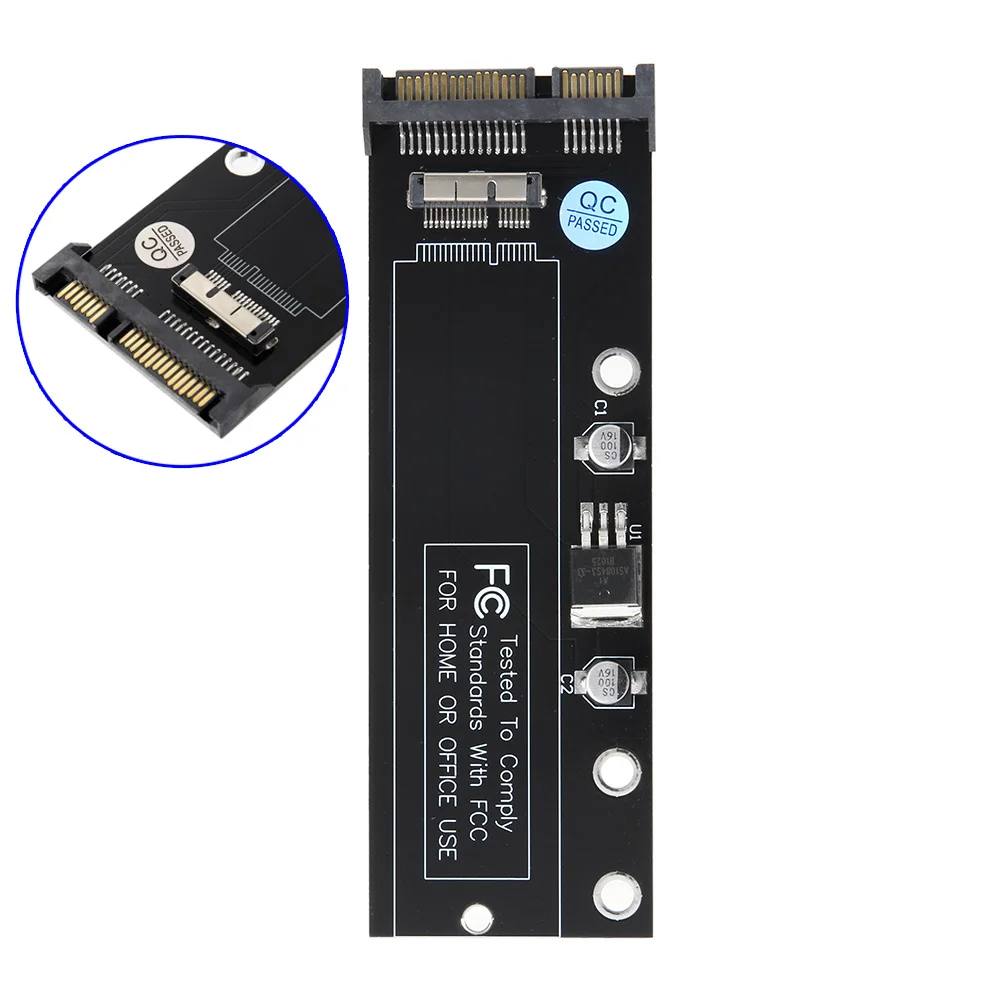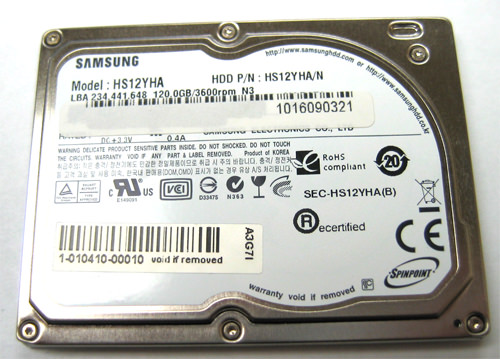


It’s worth checking, since replacing the battery can be a pretty big job.


Warranty period could last as long as six years And if you bought your MacBook in the EU, that On the other hand, if you’ve got a Mac that’s only a few years old that isn’t holding a charge or won’t charge at all, then there’s a chance the battery is defective and Apple will repair it for free. That’s because the warranty period has expired, and because wear and tear isn’t covered by the warranty, anyway. Think of this more as a glimpse of what might be coming rather than something you'll want to try right away.If you’ve got an old Mac where the battery isn’t holding a charge because of age, it most likely won’t be covered by warranty. It also wouldn't be shocking if future Macs (particularly desktops) with newer CPUs offer easier upgrade paths, even if they're still unofficial. This does show that the M1 is more flexible than it appears, though. You'd also need to track down RAM and SSD chips that are at least as fast as Apple's picks if you want to avoid bogging your Mac down. You're removing soldered-on chips and replacing them with components you aren't about to find in a store - this is a difficult procedure guaranteed to void your warranty. MacOS recognizes the upgrades as if it they were official.Īs you might imagine, though, the process is fraught with peril. You could theoretically upgrade to 16GB of RAM if the base 8GB isn't cutting it, for example. MacRumors has learned that technicians in Guangzhou, China have found a way to detach the RAM and SSD chips to replace them with higher-capacity parts. Apple riled do-it-yourself upgraders when it launched M1-based Macs with seemingly non-upgradable memory and storage, but there's apparently a way to improve your system- if you're willing to throw caution to the wind.


 0 kommentar(er)
0 kommentar(er)
